|
1018 meters per meter |
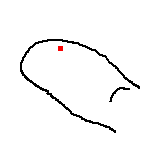
1 Pm |
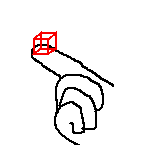
10 Pm |
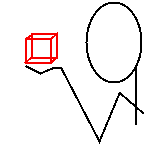
100 Pm |
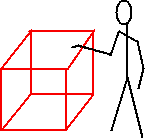
1000 Pm |
|||||||||||||||
1015 m
|
1016 m
|
1017 m
|
1018 m
|
|||||||||||||||
|
|
a light year (ly) 9.461 Pm
a parsec (pc)
|
to Sirius
81 Pm
Ross 248 Some systems:
8 solar systems
|
distance to Local Bubble wall ~~2500 to ~~3000 Pm
"complete dust depletion"
|
|||||||||||||||
Star size is very false (actually... star is ~atom and solar system is ~blood cell). 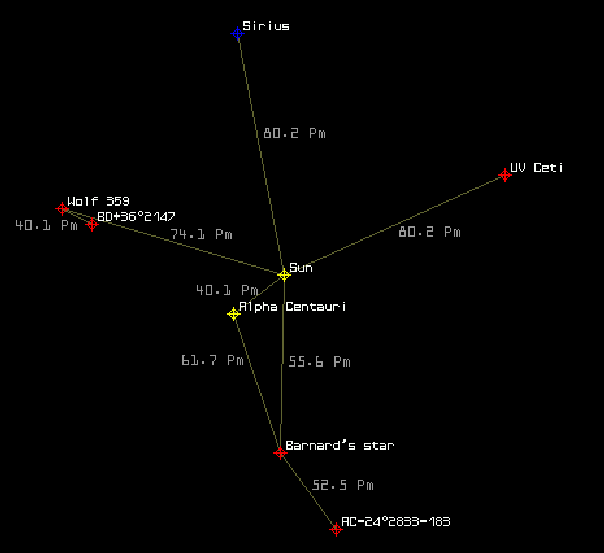 [ Image courtesy of Winchell Chung of 3-D StarMaps. Thanks! ] Basically, BD is ~5cm towards you, Sun/Barnard's/Wolf are ~on the screen, and the others are ~3cm behind it. There are some stereo pairs here, which might make it easier, though the orientation and names are different :(. |
||||||||||||||||||
Links
3-D StarMaps
including
these.
3-D Mapping of the Local Interstellar Medium
Comments encouraged. - Mitchell N Charity <mcharity@lcs.mit.edu> |
Doables:
starmap: Figure out orientation.
Ideally would have galactic orientation (this is celestial?),
some depth cue (perhaps a galactic plane grid),
cross-hairs rather than icons (to avoid false size cuing),
Pm rather than pc distances.
sketch of local stars, ly and pc.
local bubble
clarify dimensions, describe egg shape
describe dust and gas densities
more about local neighborhood
Limit of reliable distance info (Hipparcos?) 100 pc? Reliable means what?
landmarks: ltyr=10^16, pc=3ltyr,
"Some ?? systems total." in ^17 and ^18 frames.
Make size of local bubble image and box a bit less sloppy.
Quote from pillar cloud caption, regarding erosion process. Neat.
Cloud pillar slightly (50%?!) too big I think...!! Drat.
Notes:
Starmap was contributed by Winchell Chung and resized slightly.
Sketch of local bubble derived from The 120 pc Map: the Local Bubble
in 3-D Mapping of [LIM].
The sizes of this ~3000 Pm cropped image, and of the ~1000 Pm red box,
are very rough, having been done very quick and sloppy.
Local Bubble from 3-D Mapping of [LIM] and [Paresce]
Complete depletion of dust within 35 pc,
with signature beginning mostly 70-100 pc [Leroy]
Pillar clouds from here (Hubble).
Size of image is not quite correct - tallest pillar is about a ly long.
I am uneasy about using false-color images - one's grip on reality is
weak enough...
History:
2003-Feb-03 Repaired links - 6 fixed.
2001.Apr.20 Added link to `How Big Are Things?'.
1998.Jun.17 Corrected error with magnitude boundaries (3.333->3.162).
1998.May.20 Added pillar clouds image.
1998.Apr.18 Added starmap.
1998.Apr.17 Added local bubble sketch.
1998.Apr.15 Created.